-
Adres: Limoenhof 1, Den Haag
-
Telefoon: +31 (0)70-701.32.54
-
Openingstijden Do/Za - 09.00/17.00
Tan Bun Skrati Theobroma cacao seed butter lip balm
€ 4,75
Suriname
Handmade lips balm from cacao seeds from Surinamese gardens
At Tan Bun Skrati, artisan chocolate is made from tree to bar. The same hands that harvest also do the fermentation, drying, and all the other steps involved in making chocolate, right down to packing and shipping the bars.
Tan Bun Skrati harvests in privately managed gardens and orchards in the districts of Saramacca, Wanica, Para and Commewijne and then processes the cocoa in the workshop in the capital Paramaribo.
Suriname is the smallest country in South America. It is part of the Amazon region and borders the Atlantic Ocean with its previously difficult to access coast. The coastline of the northeastern part of the continent is also known as ‘The Wild Coast’.
Suriname is home to both wild cocoa in the rainforest-covered interior and cultivated Trinitario cocoa grown in the coastal area.
Flavour notes: cocoa
Content: 5 grams
Ingredients: cacao seed butter
Out of stock
In the wild, cacao occurs naturally in Suriname. Even before commercial cultivation took hold in 1686, cocoa was processed by the original inhabitants. The indigenous history of cocoa in Suriname has not been documented. However, there are still great similarities in the preparation of cacao with that of the Maya. Cocoa is processed and prepared in a similar way for a cocoa drink. Both the strips of cocoa, which are used to prepare a cocoa drink, and the drink itself, are called skrati in Suriname.
Influences of immigrants on skrati
In addition to the similarities with cocoa from the region, there are also differences. Each country and region makes cocoa its own by mixing it with specific spices and flavors or by using cacao in rituals. In Suriname, beirum leaves were often added to the cocoa, which gave the skrati a recognizable Surinamese taste. Influences of immigrants on skrati can be found in traditions such as ‘aiti dei’ and ‘Kabra neti’
Suriname has a long and rich history in cocoa. The cultivation and processing of Theobroma cacao took place from the second half of the 17th century. While the Dutch claim to have been the first to introduce cocoa for cultivation, the Brazilian-Portuguese linguistic roots of ‘skrati’ – the Sranan Tongo word for processed cocoa and the hot drink made with it – hint at the role played by Jews from the Pernambuco region during the initial phase. Not knowing that a unique indigenous cacao was growing inland, plant material was imported. First from the Orinoco Delta, then from Brazil, and finally from Trinidad and Costa Rica.
During slavery, cocoa was mainly grown as a bycrop on coffee plantations. Coffee and cocoa grew well together under the canopy of the shade tree called “kofi mama”. At this time, cocoa was only drunk as a beverage. Cocoa cultivation only took off in earnest in the second half of the 19th century, when new inventions in Europe made the production of chocolate bars possible for the first time, leading to a sharp increase in the demand for cocoa. By 1895, more than 2 million trees were grown, half of which were planted by small farmers. An outbreak of the dreaded curly leaf disease, low prices and competition from West African bulk cocoa led to a steady decline of the crop. When Tan Bun Skrati started in 2010, cocoa was no longer grown on a large scale. The last active plantation, “Peperpot”, had ceased production 13 years earlier.
All this time – less sensitive to the ups and downs that cocoa had to deal with as a cash crop for export – the Surinamese cottage industry of skrati-making remained active. For centuries it met the local need for cocoa, an impressive 100,000 kilos in 1920. The import of cheap mass-produced cocoa powder dealt a near-fatal blow to the craft. Goods from abroad were held in higher esteem than those made by local hands, and many skrati makers ceased business.
The younger generations no longer grew up with mothers and grandmothers making cocoa from the fresh fruit. Less than a decade ago, the old tradition of making cocoa had almost completely disappeared.
From poor to rich
In the meantime, there has been a renewed interest worldwide in artisanal quality chocolate made with cocoa whose origin can be traced. By tapping into that niche market with premium products, 72%, 80% and 100% chocolate bars and pralines, Tan Bun Skrati has effectively turned the story of Surinamese cocoa into a real poor-to-rich story: the ugly duckling that ripens into a beautiful swan. In the process, Suriname is being rebranded as a sought-after tourist destination for the artisan chocolate lover.
Now that local Surinamese cocoa is getting more attention, new trees are being planted and the demand for local cocoa is growing steadily again. To meet this rising demand, Tan Bun Skrati has also started producing the old-style, coarsely ground cocoa. And with that, the circle of Skati’s story is complete.
| Weight | 0,050 kg |
|---|
Only logged in customers who have purchased this product may leave a review.
Veilig betalen
Gratis Verzending
Cadeaus
24/7 Support





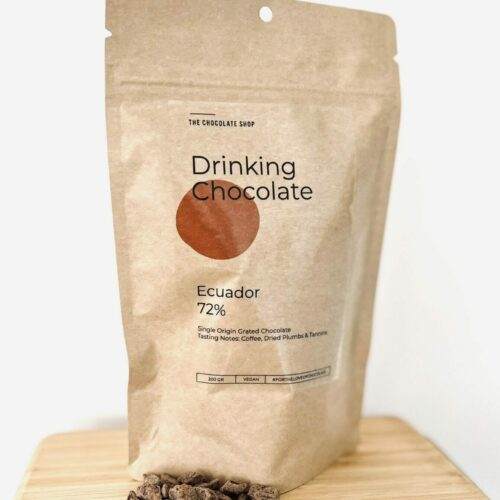


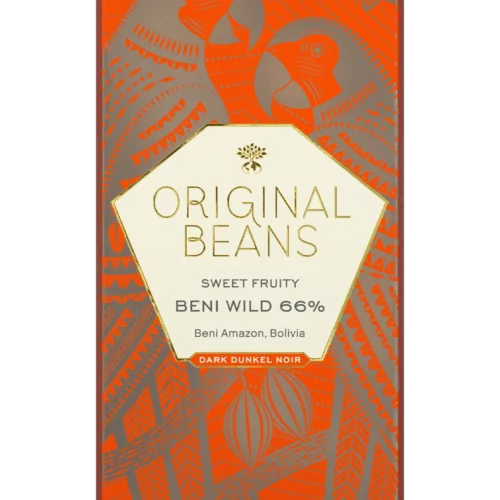
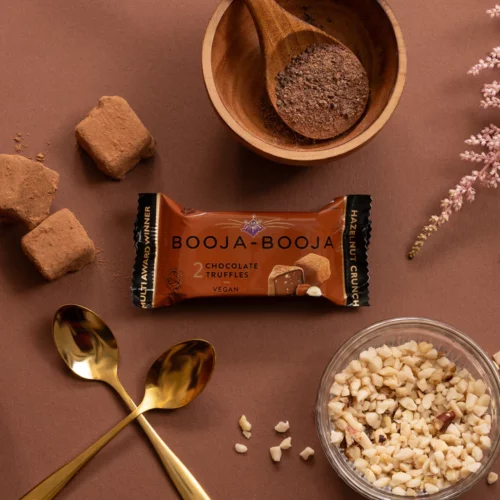


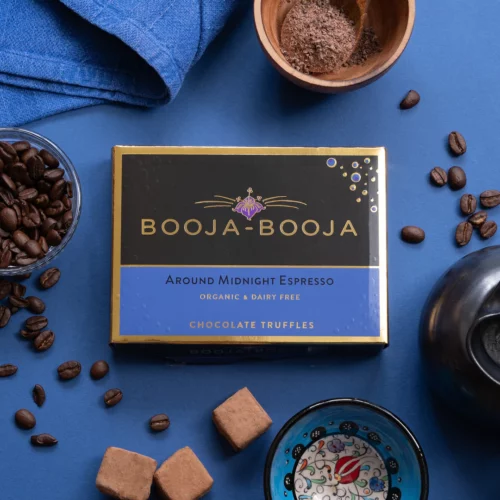


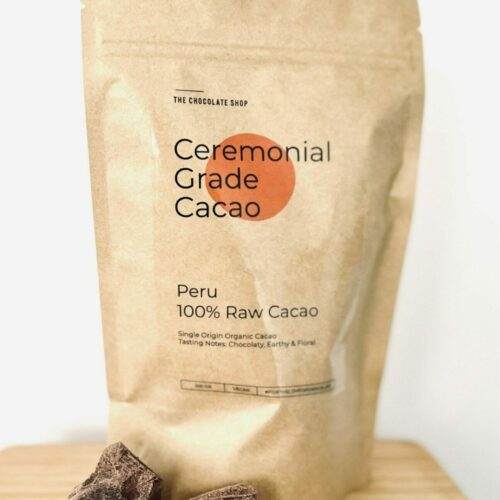
Reviews
There are no reviews yet.